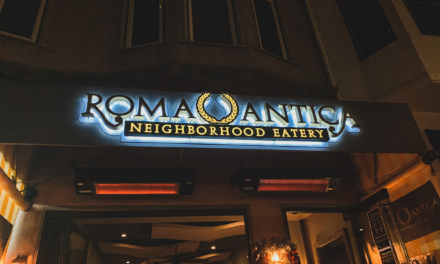In the heart of Orange County, Garden Grove’s history is a captivating blend of agricultural beginnings, cultural diversity, and urban development.
This blog post explores the interesting backstory of Garden Grove from its early days to its current position as a bright and diverse city.
The Early Years: Seeds of a Community
Agricultural Foundations: Garden Grove’s story begins in the 1800s, marked by vast, fertile lands. Initially used for cattle grazing, the area became a prosperous agricultural hub, mainly known for its walnuts and oranges.
Township Formation: By the mid-19th century, settlers started forming a township, attracted by the potential for farming. This was the genesis of the Garden Grove community, a name inspired by the area’s lush groves and gardens.
20th Century Transformation: From Orchards to Urbanity
Post-War Boom: The post-World War II era was a turning point for Garden Grove. The city witnessed a massive population influx, leading to rapid urbanization. Residential neighborhoods sprang up, replacing acres of farmland.
Economic Diversification: As the city expanded, its economy diversified. From its agricultural roots, Garden Grove evolved into a city with varied industries, including light manufacturing and retail, shaping its modern economic landscape.
Cultural Melting Pot: Embracing Diversity
A Diverse Population: Over the decades, Garden Grove has become home to a diverse population. The city is mainly known for its vibrant Vietnamese community, significantly influencing its culture and economy.
Cultural Festivities: The annual Garden Grove Strawberry Festival, one of the biggest community-oriented festivals in the west of the United States, celebrates the city’s rich agricultural past and diverse culture, attracting thousands of visitors yearly.
Modern Garden Grove: A City in Motion
Urban Development: Today, Garden Grove is characterized by dynamic urban development. The city continues to grow, focusing on developing its downtown area, improving infrastructure, and enhancing the quality of life for its residents.
Green Initiatives: Garden Grove still has green roots despite its urban nature. The city actively promotes environmental sustainability through various green initiatives, preserving parks and community gardens.
Q&A: Unearthing Garden Grove’s Rich History
Q: How did Garden Grove’s agricultural past shape its early community?
A: The agricultural industry, especially citrus farming, attracted early settlers, fostering a tight-knit community bonded by farming life and the shared goal of prosperity.
Q: What factors contributed to Garden Grove’s significant growth after World War II?
A: Post-war prosperity, increased demand for housing, and the availability of land for development were key factors that drove the city’s rapid growth during this period.
Q: How does Garden Grove maintain its cultural diversity?
A: The city celebrates cultural diversity through community events, supports diverse local businesses, and fosters inclusive city policies.
Q: What does the Vietnamese community play in Garden Grove’s identity?
A: The Vietnamese community has enriched Garden Grove with its cultural heritage, cuisine, and business enterprises, contributing significantly to its multicultural identity.
Q: How has Garden Grove balanced urban development with environmental sustainability?
A: The city has implemented sustainable practices, such as maintaining green spaces and promoting recycling and energy efficiency initiatives.
Q: What future developments are planned for Garden Grove?
A: Plans include continued downtown revitalization, infrastructure enhancements, and expanding community services to support the growing population.
Garden Grove’s Continuing Saga
Garden Grove’s journey from an agricultural community to a bustling urban center illustrates the adaptability and resilience of a city that embraces change while honoring its roots.
It is a testament to the power of community, diversity, and forward-thinking urban planning. As Garden Grove marches toward the future, it continues to evolve, promising a blend of urban sophistication and community warmth.
How will Garden Grove’s story unfold in the coming years, and what new chapters will be added to its rich history? How will the city navigate the challenges and opportunities of urban development while maintaining its unique character?





